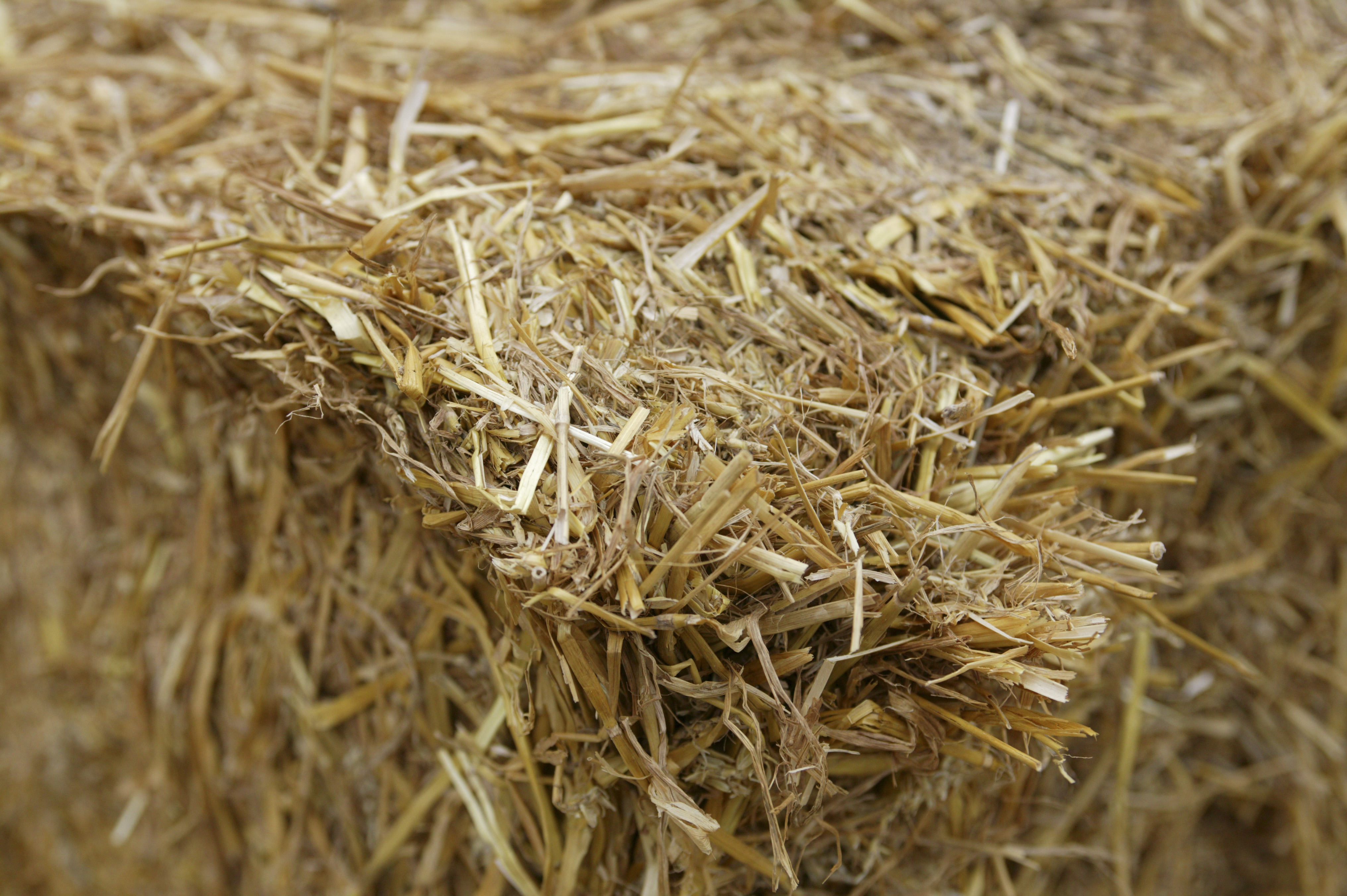- Home
- Knowledge library
- Make straw go further this winter
Make straw go further this winter
The combination of reduced crop areas, lower yields and challenges with baling have put a downwards pressure on straw availability this year. To minimise wastage this winter, go back to basics and assess housing, as well as looking at alternatives.
Good ventilation, coupled with effective drainage and rainwater management, is key this winter – follow this housing checklist to help make straw go further this winter:
- Ventilation – good ventilation eliminates damp air, which helps to keep bedding dry. Cobwebs in buildings and condensation on the underside of roofing are signs of poor ventilation
- Check water troughs, guttering, downpipes and roofs for leaks or holes
- Drainage – prevent ingress of rain and groundwater. Do all pens drain effectively? Check slope gradient – slopes of 1 in 20 should be used where drainage under straw is needed, or around drinkers
- Hygiene – does the floor drain easily after washing? Make sure dirty water isn’t running into adjacent pens or sheds
A comprehensive checklist is available in the manual, Improving beef housing for Better Returns.
To help keep straw drier, you can use a coarser material to act as a drainage layer under straw bedding. In our recent podcast, Jamie Robertson from the University of Aberdeen suggests putting a layer of sand or woodchip down before bedding with straw to make it go further. You could also use other materials, such as oilseed rape straw or paper bedding. Paper can be used under straw at a depth of approx. 5–10 cm, which reduces straw requirement by up to 25%. There is also the option to make the bedding area smaller within a pen; however, this still must be well bedded.
Up to 40% of cattle waste is excreted while feeding, so for these high-traffic areas, cutting channels into the concrete around hotspot areas will provide a long-term solution. If you haven’t already, consider creating a concrete feed area that is scraped out; this will reduce the amount of bedding needed considerably. In calf pens, pig slats can be placed at feeding and drinking stations to improve underfoot conditions at these areas.
Another consideration is ration type. Bear in mind that requirements are higher for animals on silage-based diets than those on concentrate or straw-based diets. Excessive salt intake can also cause animals to drink more and increase bedding requirements.
Remember that it is a false economy to scrimp on bedding. It may be more expensive than it was, but if it is not managed appropriately, it can cause disease problems that far outweigh any cost savings.
For more information, see The bedding materials directory.
Keep up to date with the latest hay and straw prices at ahdb.org.uk/dairy/hay-and-straw-prices


